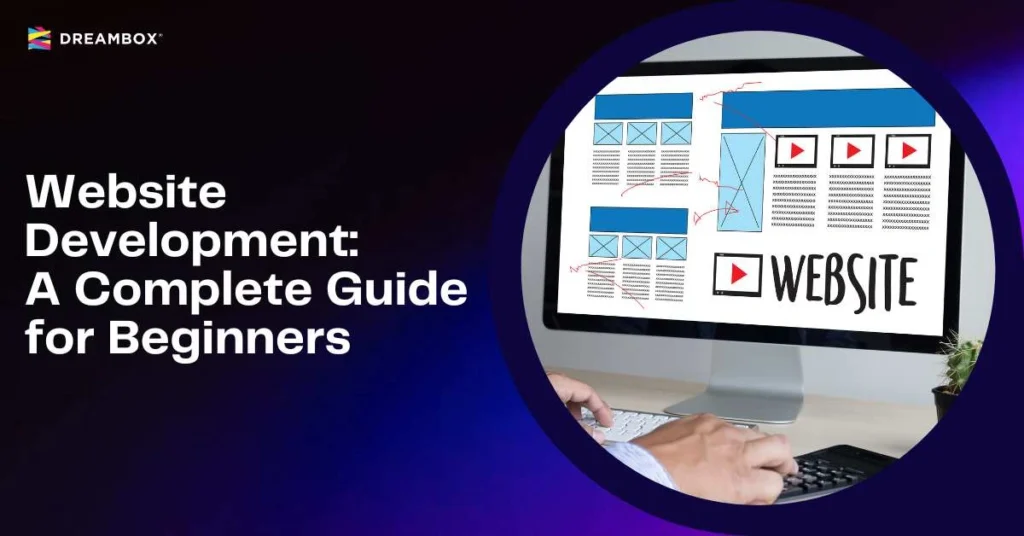What is a content pillar, and why is it important?
If you are a digital marketer, content creator, or SEO enthusiast, you may have heard the term content pillar many times. But what exactly does it mean, and why is it so important in digital content strategy?
A content pillar is a core topic or main theme that covers various subtopics in your content. The content pillar serves as the foundation of your content strategy, while the subtopics are the “bricks” that make up the entire structure.
This strategy helps you create organised, relevant content and can improve SEO performance.
The benefits? In addition to helping you map out your content plan, content pillars make it easier for your audience to find the information they’re looking for while increasing user engagement and search engine performance.
This article will discuss using a content pillar strategy to support your digital marketing efforts. Let’s get started!
Schedule a free 30-minute branding consultation session with our experts.
What are the benefits of a content pillar?
A content pillar is more than just an arrangement of content. It offers myriad benefits, both in terms of SEO and user experience.
Here are some reasons why you should consider using content pillars to support your content:
1. Improves SEO
Content pillars provide a clear structure to your website. Search engines like Google prefer a well-organized site where each article is relevantly connected.
By creating internal links between content pillars and subtopics, you can increase your site’s authority in the eyes of search engines.
2. Provides guidance on content strategy
Creating a lot of content without a clear direction risks confusing your audience. With content pillars, however, you have a map that helps you determine what type of content to create to meet your audience’s needs.
3. Improves user experience
Users prefer a structured browsing experience. With content pillars, they can easily find related information that interests them. This increases the time spent on your site and strengthens your relationship with your audience.
4. Enhances efficiency in the content creation process
By dividing content into subtopics, you can more easily manage and update content according to the latest trends. This strategy ensures that you are always relevant and can respond to the changing needs of your audience.
How to create effective content pillars
Here are the steps to creating a focused and effective content pillar:
1. Identify your main topic
Define a niche or broad topic relevant to your business. For example, if you are in the beauty industry, one possible content pillar option is “skin care”. Ensure this topic is broad enough to be broken down into many subtopics.
2. Conduct keyword research
Use tools like Google Keyword Planner, Ahrefs, or SEMrush to research keywords that are relevant to your main topic. Choose keywords with high search volume and moderate competition to ensure your content has a good chance of ranking well in search engines.
3. Break the main topic into subtopics
Once you’ve established your content pillar, identify the subtopics that support that main topic. For example, if your content pillar is “skin care”, the subtopics might be:
- Retinol Benefits for Facial Skin
- Skin Care Routines for Beginners
- Understanding Your Skin Type
4. Create in-depth subtopic content
Each of these subtopics should be covered in detail in separate articles, but still linked internally to the content pillar. This improves SEO relevance and provides a better experience for the reader.
5. Create comprehensive pillar content
Whether it’s in the form of a blog post, a how-to page, or a video, make sure your content pillar is the centerpiece of all your subtopics. This content should include an introduction, explanation, and links to more detailed articles on each subtopic.
6. Optimize and monitor
Use analytics data to monitor the performance of your content. Pay attention to how the audience interacts with the content pillar and update the content according to new trends or needs.
Content pillar examples for different industries
Need some inspiration? Here are some examples of content pillars used in different industries:
- Fashion e-commerce: “Fashion Trends 2024”, with subtopics such as “Guide to Choosing Outfit Colors” or “Accessory Matching Tips”.
- Health: “Healthy Living Guide,” with subtopics such as “Balanced Diet,” “Benefits of Yoga,” and “How to Form Positive Habits”.
- Technology: “Guide to Choosing the Best Laptop,” with subtopics such as “Laptops for Gamers” or “Tips for Maintaining Electronic Devices”.
Using these examples, you can customize the content pillar according to your business niche.
Practical tips for using the content pillar
Once you have a solid content pillar in place, here are a few tips to ensure this strategy works optimally:
- Optimize content for SEO: Use structured headers (H2, H3), add meta descriptions, and make sure your target keywords appear naturally in the article.
- Consistency is key: Publish content regularly and create an editorial schedule to maintain continuity.
- Keep updating: Keep content relevant by updating outdated data, trends, or information.
- Use visuals: Add visuals such as infographics or videos to attract more attention.
The content pillar: The first step to a successful content strategy
The content pillar isn’t just a digital marketing trend; it’s an essential foundation for creating effective and relevant content.
By strategically organizing your content, you will improve your SEO performance and build stronger relationships with your audience.
Dreambox offers services that can be tailored to your business needs, such as digital marketing. Contact us and get the right marketing and branding strategy for your business!










